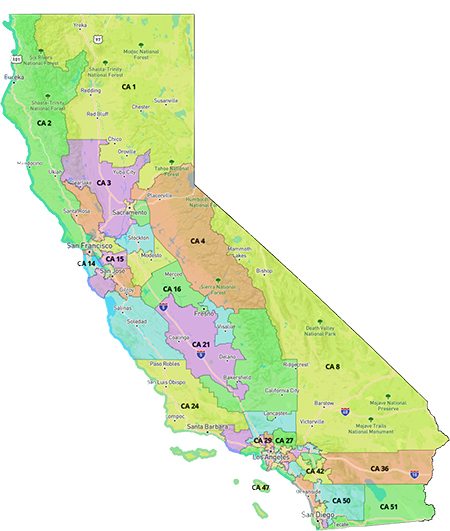June 4, 2018 — In 2010, Golden State voters adopted a ballot proposition that changed the state’s primary system. As we have often noted in articles about the state’s political campaigns, the primary is now a qualifying election with the top two vote-getting candidates advancing to the general election regardless of percentage or political party affiliation. Looking toward the California preliminary vote tomorrow, the top-two jungle primary system may produce some unintended consequences.
When the initiative was first floated eight years ago, many pro-enterprise organizations joined in support because they correctly saw that business coalition candidates, and Republicans in particular, were headed for further downturns in California elections. The top-two format, many believed, would produce more centrist victors from both political parties. In practice, when analyzing the three election cycles since the process began and going into a fourth on Tuesday, such has not quite been the case.
As we know, Democrats have heavily targeted California in their 2018 bid to regain the US House majority, believing that their chances of winning the seven Republican districts Hillary Clinton carried in the last presidential election are strong. But Tuesday’s vote is providing them a new obstacle to overcome, a complication that could actually shut them out of even having a general election candidate in some of their top targeted districts.







